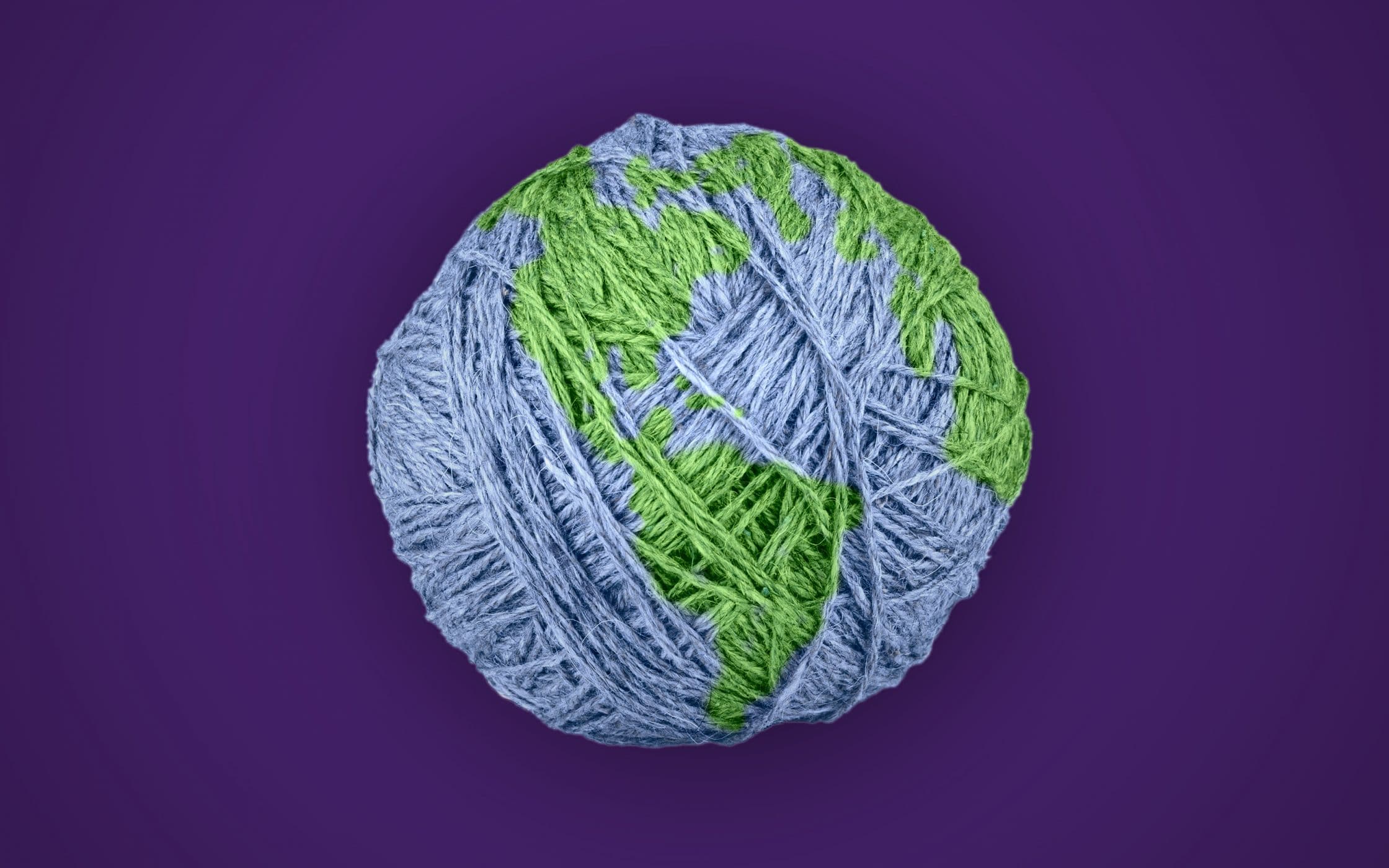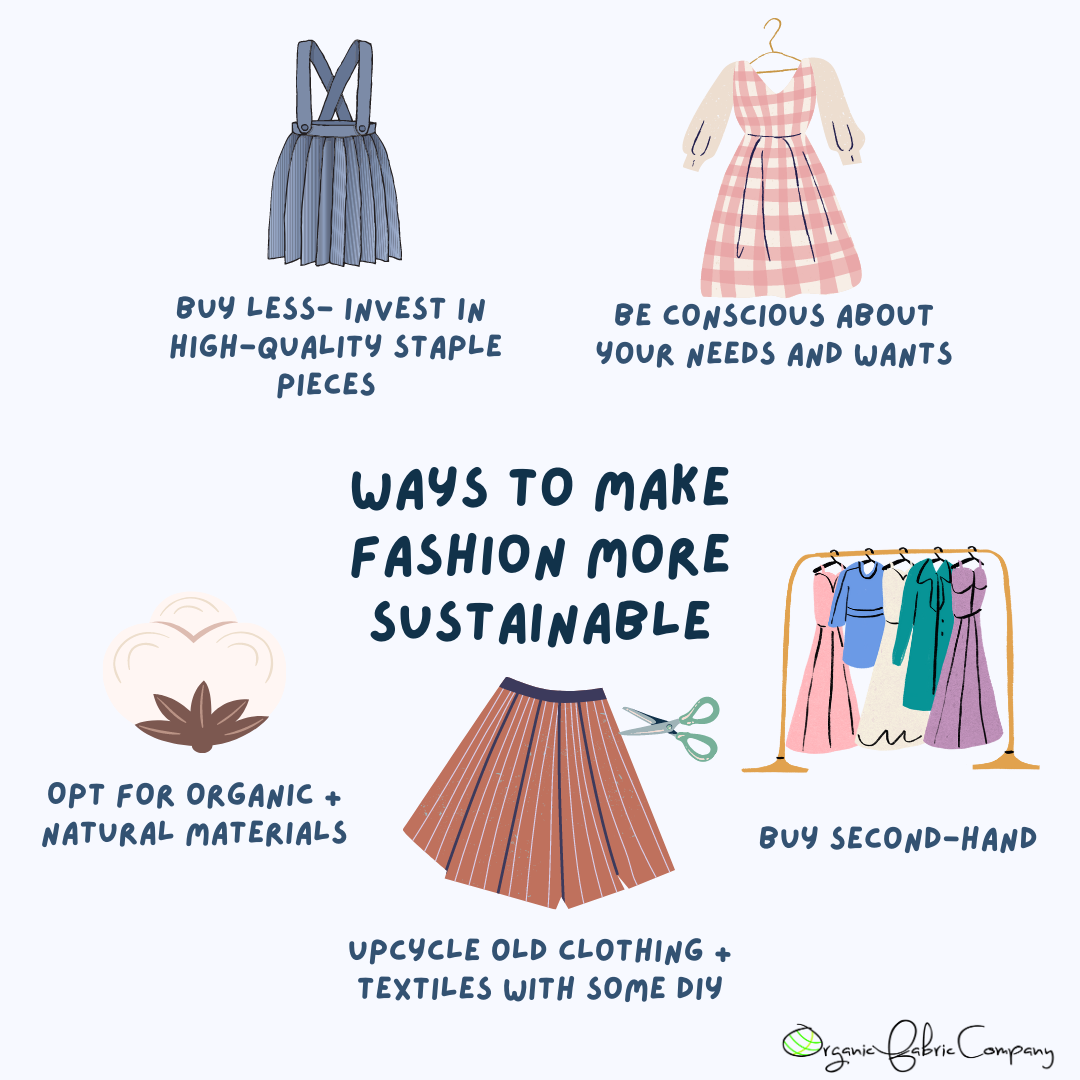Cape Town Sustainable Fashion: Redefining Style with Ethical Choices
Wiki Article
Stay Ahead of the Curve by Discovering Ingenious Fashion Fads
In an industry as vibrant as style, remaining in advance entails even more than just adhering to present trends-- it requires an expedition of development. The convergence of modern technology and style heralds a brand-new era of consumer engagement.
Accepting Smart Textiles
In the last few years, the fashion market has witnessed a transformative change with the combination of smart fabrics, an advanced innovation that blends technology with textile. This advancement represents not only a fusion of appearances and functionality but additionally a considerable jump towards sustainability and personalization in vogue. Smart textiles, also known as e-textiles, installed advanced electronic devices such as sensors and conductive strings within the textile, allowing garments to engage with the user or the atmosphere.These textiles are made to keep an eye on physical specifications, such as heart rate or body temperature, offering real-time health analytics. Beyond wellness applications, smart textiles are also being used for adaptive clothing, which can change color or pattern in reaction to environmental stimuli, thus using a vibrant fashion experience.
In addition, the growth of energy-harvesting fabrics that generate power from activity or sunlight is paving the means for self-dependent wearable modern technology. This advancement is interesting environmentally aware consumers and developers aiming to decrease the ecological footprint of style. As r & d in this area development, clever textiles are expected to end up being significantly prevalent, improving the landscape of contemporary style with their multifunctional abilities.
The Rise of 3D Printing
Reinventing the manufacturing landscape, 3D printing has actually emerged as a game-changer in the apparel industry. This advanced innovation has actually allowed developers to press the limits of imagination, creating intricate and personalized garments that were previously unthinkable. By leveraging electronic style and additive manufacturing, 3D printing helps with the production of intricate geometries and patterns, enabling designers to try out new textures and frameworks.A noteworthy benefit of 3D printing in fashion is its capacity to create on-demand, lessening waste and decreasing supply requirements. This performance not only enhances production procedures but additionally enables fast prototyping, making it possible for developers to bring their visions to life in a shorter timeframe. Moreover, 3D printing supports modification somewhat unparalleled by conventional methods, supplying individualized fits and distinct layouts customized to private customer choices.
The increase of 3D printing has additionally equalized fashion, making it available to emerging designers who can currently make high-grade pieces without considerable economic investment in standard manufacturing framework. As innovation proceeds to advancement, the garment industry is poised to harness the complete capacity of 3D printing, checking out brand-new products and strategies that will unquestionably redefine exactly how fashion is conceived and produced.
Lasting Fashion Advancements
As the style sector grapples with journalism requirement for ecological duty, lasting fashion innovations have actually emerged at the leading edge of transformative modification. The expanding recognition of eco-friendly influence has actually fueled a shift towards even more eco-conscious techniques and materials. Designers and brands are now prioritizing sustainability, integrating methods that lessen waste and decrease carbon impacts.One substantial growth is the surge of round style, which emphasizes recycling and upcycling to expand the lifecycle of garments. This strategy not only lowers waste but additionally urges consumers to adopt a much more mindful strategy to clothes intake. Furthermore, using lasting products, such as natural cotton, hemp, and recycled polyester, has gained grip. These products need less water and energy throughout manufacturing, dramatically minimizing ecological effect.
One more advancement hinges on the fostering of cutting-edge dyeing techniques that make use of waterless processes or all-natural dyes, consequently lowering the vast amounts of water and chemicals typically made use of in fabric dyeing. Moreover, advancements in biotechnology have actually caused the creation of you could try these out lab-grown leather and materials, using cruelty-free and ecologically friendly alternatives to standard products. Via these introducing initiatives, the fashion business is making purposeful strides in the direction of a more sustainable future.

Tech-Integrated Garments
Tech-integrated apparel represents a cutting-edge combination of style and modern technology, improving just how people interact with their apparel. This ingenious domain is noted by the addition of wise fabrics and ingrained electronic components, improving both performance and aesthetic allure. From fitness trackers installed in sports apparel to heated coats regulated by means of mobile phone apps, tech-integrated apparel provides consumers unprecedented benefit and adaptability.Introducing brands are driving this pattern, concentrating on developing garments that react to ecological stimulations or individual commands. As an example, some garments can transform color or pattern in feedback to temperature shifts, while others incorporate biometric sensors to check health metrics like heart price or tension degrees. The seamless integration of technology right into textiles likewise reaches ecological sustainability, with efforts to establish self-cleaning textiles or garments that change to weather conditions, therefore lessening the need for multiple layers.
Additionally, the arrival of wearable innovation is not just limited to garments yet includes devices like watches and glasses, more widening the scope of tech-integrated style. As the sector remains to innovate, the potential for modification and customization in garments grows, providing consumers unique, tech-enhanced style experiences that satisfy their individual demands and choices.
Future of Virtual Style
In current years, the future of digital style has actually become a transformative force within the industry, leveraging developments in electronic technology to redefine how style is developed, experienced, and consumed. By incorporating enhanced reality (AR), online reality (VR), and 3D style tools, designers can currently craft immersive and interactive experiences that go beyond typical style limits. Online style permits the production of garments that exist entirely in digital atmospheres, offering countless possibilities for technology without the limitations of physical production.This electronic shift not just presents possibilities for creative expression yet additionally addresses sustainability issues inherent in conventional fashion methods. Cape Town Sustainable Fashion. By eliminating the requirement for physical sources, online fashion reduces waste and lessens carbon impacts. Moreover, the increase of virtual style straightens with the increasing consumer demand for personalized and one-of-a-kind experiences, as online garments can be customized and find more tailored to individual choices effortlessly

Final Thought
The garment industry's future hinge on the integration of lasting methods and cutting-edge technologies - Cape Town Sustainable Fashion. Smart fabrics and tech-integrated garments are boosting capability, while 3D printing uses find more information possibilities for modification and waste reduction. Sustainable style, via eco-friendly products and circular approaches, shows a dedication to ecological stewardship. Moreover, virtual fashion is poised to redefine consumer interactions. Adapting to these trends is crucial for brand names looking for to continue to be affordable and relevant in this quickly progressing landscape.In recent years, the fashion market has actually experienced a transformative shift with the assimilation of clever textiles, a sophisticated advancement that mixes technology with fabric.As the fashion sector grapples with the pressing demand for ecological obligation, sustainable fashion developments have arised at the center of transformative modification.In recent years, the future of digital style has emerged as a transformative force within the industry, leveraging advancements in digital innovation to redefine just how style is developed, experienced, and taken in. The surge of online fashion aligns with the raising customer demand for tailored and one-of-a-kind experiences, as digital garments can be tailored and tailored to specific preferences with ease.
The style industry's future lies in the assimilation of lasting practices and innovative technologies.
Report this wiki page